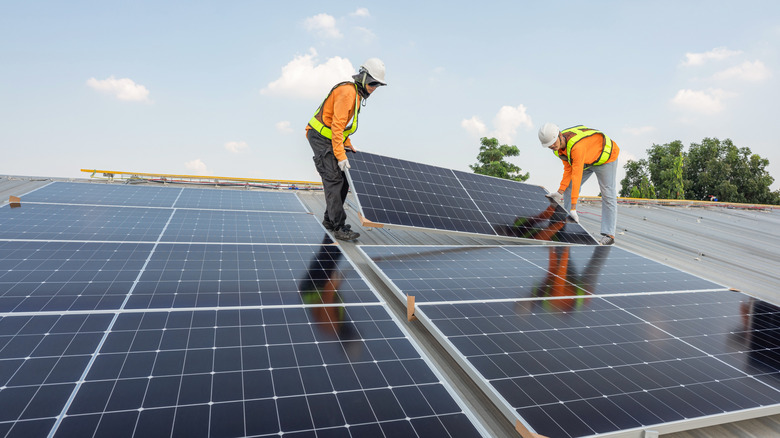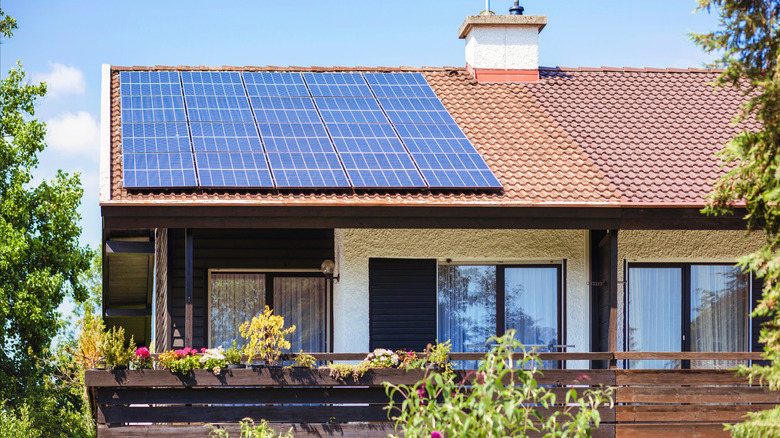What Is The 120-Percent Rule When Using Solar Panels?
Your solar panel installer might suddenly start talking about replacing your entire electrical panel. But this time, it might not be an upselling trick. It usually comes down to one very specific rule buried deep in the electrical code — the 120% rule. This rule has nothing to do with how much sunlight hits your roof. Instead, it's about your home's main electrical panel and how much power it can safely handle. Oddly enough, this one rule is also the reason some homeowners cancel their solar plans altogether.
Most people don't hear about the 120% rule until they're deep into the solar process. Then suddenly, they're told they need a panel upgrade that could cost thousands. For many, that's where the plan hits a wall. First, they were told that installing solar would ease their electricity bills and help the environment — but now there's a solar expense ready to drain their wallets. That's exactly why newer systems are finding clever ways to stay within the limit without blowing your budget.
What exactly is the 120% rule?
Let's break it down. The rule says that the total current on your main service panel's busbar — your home's electrical backbone — can't exceed 120% of its rated capacity. For example, if your panel has a 200A busbar with a 200A main breaker, the math limits you to just 32A of solar input. That's around a 7.6 kW system — smaller than what many modern households need.
But why the limit? The answer is safety. This rule, baked into the National Electrical Code (NEC), ensures your panel doesn't overheat by trying to handle more power than it's built for. It's especially important when solar and utility power are both flowing through the system at once. Without this cap, your panel could take on more current than it's safely rated to handle, which, let's be honest, is asking for trouble. In worst-case scenarios, it could even pose a serious fire risk.
Working around it without breaking the bank
Now here's where the headaches start. If your panel can't support your ideal solar setup under the 120% rule, you're left with three options: downsize your solar system, upgrade your panel, which can cost $2,000 to $5,000+, or turn to newer tech like PCS (Power Control Systems). These are some of the hidden costs of going solar that often catch homeowners off guard.
PCS is a newer solution that helps manage solar power safely. It tracks how much energy your system sends to the panel and keeps it from going over the limit, even if your system is larger than what the 120% rule normally allows. This smart system means homeowners don't need to replace their entire electrical setup just to install solar. That makes it easier for more people to switch to clean energy without expensive upgrades. And for homeowners already nervous about the upfront cost of going solar, avoiding a major upgrade can make all the difference.


